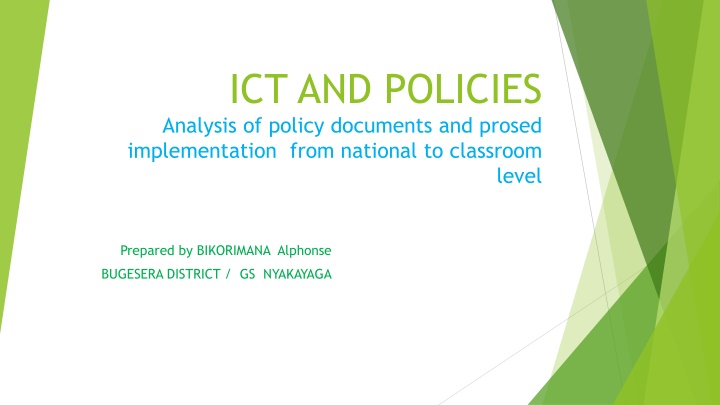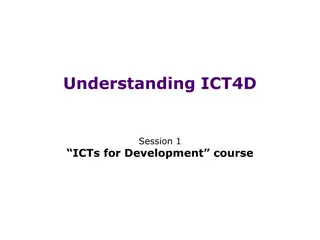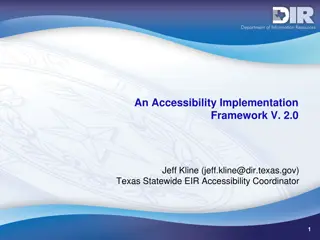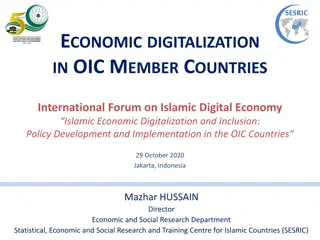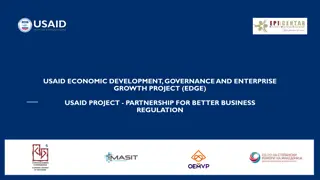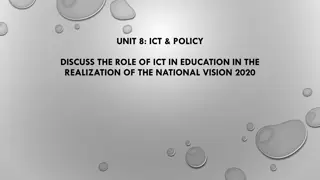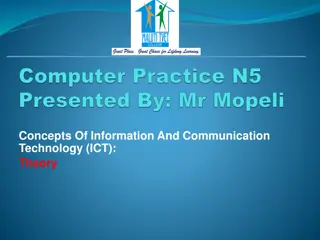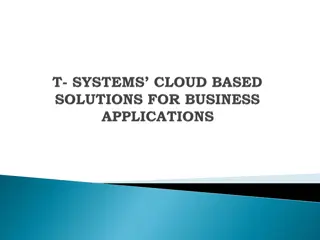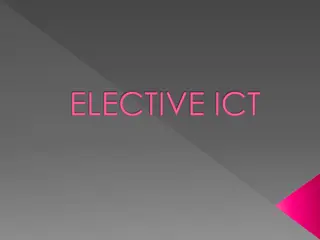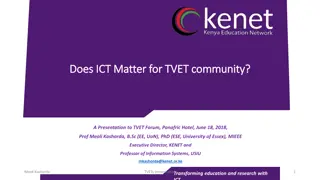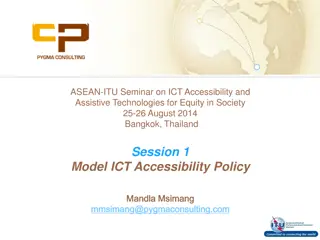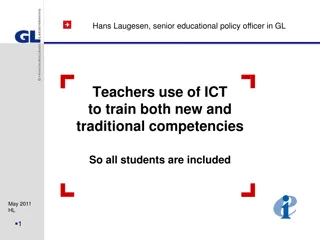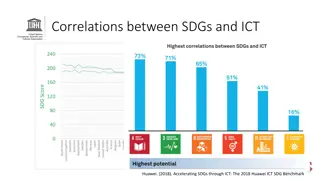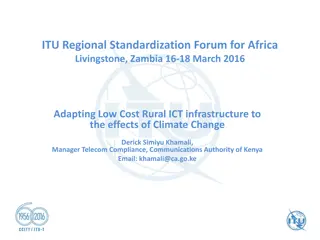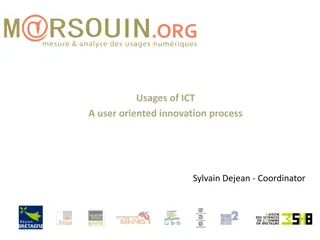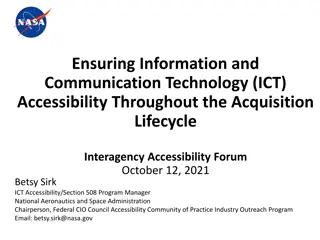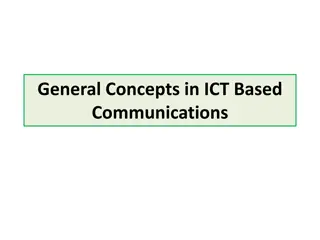Analysis of ICT Policies Implementation from National to Classroom Level
ICT plays a crucial role in various sectors, especially in education, according to Rwanda's government policy. This analysis delves into how ICT policies are implemented at national and classroom levels, focusing on data management, teacher training, digital content provision, and utilization of ICT tools for improved learning outcomes.
Download Presentation

Please find below an Image/Link to download the presentation.
The content on the website is provided AS IS for your information and personal use only. It may not be sold, licensed, or shared on other websites without obtaining consent from the author.If you encounter any issues during the download, it is possible that the publisher has removed the file from their server.
You are allowed to download the files provided on this website for personal or commercial use, subject to the condition that they are used lawfully. All files are the property of their respective owners.
The content on the website is provided AS IS for your information and personal use only. It may not be sold, licensed, or shared on other websites without obtaining consent from the author.
E N D
Presentation Transcript
ICT AND POLICIES Analysis of policy documents and prosed implementation from national to classroom level Prepared by BIKORIMANA Alphonse BUGESERA DISTRICT / GS NYAKAYAGA
Introduction I C T as Information communication and Technology it is a tool very needed in different areas in the world where it is used in business in order advertise, to pay and buy goods and services, in education for learning and teaching... It is I this case that The Rwanda government policy indicates, ICT among only the tool that can play a big role in order to improve the development of many sectors in the country and the qualities of many services with focus in education as the milestone to development , and the following presentation show the analysis of 6 policy documents from national to class levels that will make people be aware of how those policies are very helpful while are implemented as supposed .
How policies are implemented the at national level? ICTs contributes in data management in various sectors like introduction of SDMS (school data management system) and TMIS ( teacher management information system . Creating an enabling environment, mechanisms and priorities for ICT in education, Via trainings of teachers and education partners.( examples : ICT integration in teaching and learning, ICT essentials for teachers ) ICT Tools delivery in schools like one laptop by child in primary and secondary schools with smart classrooms. ICTs can help to simplify the use of regular assessments to keep track of student performance. The Rwanda national Library network; Development of new e-learning content
How policies are implemented at a national level cont d Provision of digital content in schools that should be used to motivate students, improve conceptual understanding and retention of key topics. Facilitating teachers to access ICT tools example: there is a credit of buying computers in partnership of UMWARIMU SACCO and POSITIVO. ICTs is also used to strengthen teacher professional development as internet is rapid and more updated than books. Multimedia interactive digital content can be used to motivate students, improve conceptual understanding and retention of key topics. Development of modern, relevant content fulfilling the needs and expectations of citizens, industry, and society in general. Here technology can be used to improve the quality of teaching and learning materials through the use of digital learning resources.
How would we implement the policies at classroom level? Using all availed materials in daily activities of teaching . Using computer in data saving like on google drive for security of school data and long term saving. Preparing notes and class activities using software To ensure the regular maintenance and safety of ICT provided materials in the schools Use the group online discussions an forums in order to share information and updates with others Sensitizing the use of studying software like Encarta, and online referencing
Barriers / challenges faced in implementing ICT policies . Low internet signal in many areas Insufficiency of materials (example 1 projector per 20 classes , computer lab may be needed by many teachers at the same time ) Low awareness of some teachers about ICT use in teaching and learning Insufficiency of ICT trained facilitators Lack of electricity in may areas. High cost of maintenance , example the collapse computer may be stored due to lack of money for repair Lack of regular facilitator because in many schools works voluntarily and sometimes hinder people to access computers as they want
Conclusion Government Strengthened the effort ICT In education and now Rwanda is among ICT education model in Africa, and all proposed policies are good to make ICT use in daily life of Rwanda and it is among the milestone to develop the economy and education in general. Through the provided materials and organized training, it is the good beginning and step forward. may all teachers and education partners should all fulfill all their attributions. after all this, the education sector will be opened to the world and Rwanda will have the competent school levers who are competent internationally.
Recommendations The government of Rwanda did all the best to develop ICT, and the taken step forward is highly inconsiderable. I recommend all people who got chance to be given computers and others ICT tools to use them in teaching and learning, it will be the way to achieve the goals of ICT policies in education. The government should also avail some basic infrastructures like electricity in some areas in order to facilitate people to access the ICT use in education, fixing ICT streamlined policies that will be achieved in specific time and do the regular evaluation of those policies implementation . Organize the awareness campaigns to make parents and teachers to be aware of the role f technology in daily . Reduction or abolition of taxes to the ICT tools in order to motivate people to buy those tools.
